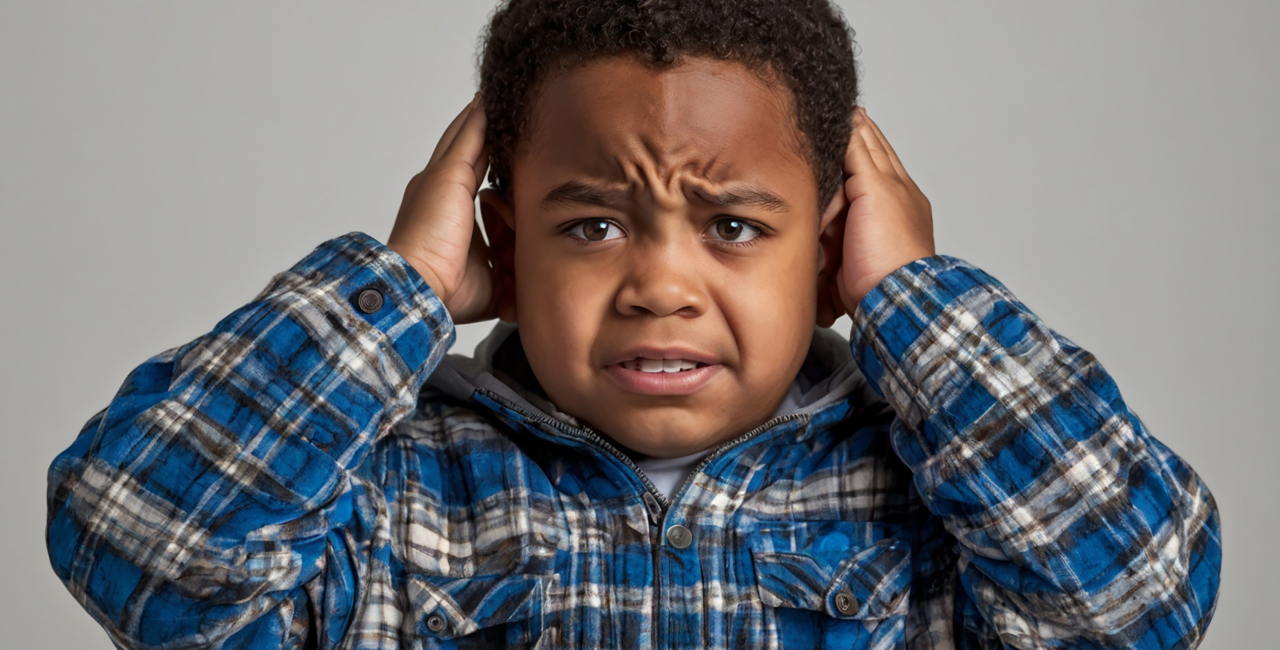Discipline is one of the trickiest parts of parenting. Every parent wants their child to grow up kind, respectful, and responsible, but getting there isn’t always easy. Some days you feel like you are constantly repeating yourself; other days you are wondering if you are too strict or too lenient. It is normal to wonder if you are doing it right.
You see, discipline does not have to mean punishment or harsh consequences. At its heart, discipline is really about guidance, helping your child learn the right way to act, understand the impact of their choices, and grow into a well-rounded person.
In this post, we will break down each of the 3 R’s of discipline and share practical ways to use them. With these tools, discipline can become less of a struggle and more of a teaching opportunity for both you and your child.
1. Respect
Discipline works best when it begins with respect. And that respect goes both ways, you respecting your child, and your child learning to respect you and others.
When children feel respected, they are more likely to listen and cooperate. On the other hand, when they feel dismissed or talked down to, they often shut down or push back. Respect does not mean letting your child have their way every time; it means treating them with dignity, even when you are correcting them.
A practical place to start is with your tone of voice. Yelling or shaming might get quick obedience in the moment, but it usually leaves behind fear or resentment. Instead, try speaking calmly and firmly, even when you are frustrated. Get down to your child’s eye level when talking to them. It may seem like a small gesture, but it helps them feel seen and heard.
Respect also shows up in listening. Before correcting, give your child a chance to explain. You might say, “I see you are upset. Can you tell me what happened?” This not only validates their feelings but also teaches them how to express emotions in a healthy way. Over time, these little acts of respect build trust, and children who trust you are more likely to follow your guidance.
2. Responsibility
The second “R” reminds us that discipline isn’t just about stopping bad behavior; it is about teaching children to take responsibility for their actions. Obedience is short-term, but responsibility shapes who they become in the long run.
Children need to understand the “why” behind rules, not just hear, “Because I said so.” When they know the reason for a rule, they are more likely to respect it and carry that lesson into other areas of life. For example, instead of saying, “Don’t run inside,” you might add, “because someone could get hurt.” That small explanation connects the rule to real-world consequences.
One of the best ways to teach responsibility is through natural consequences. If a child forgets to pack their homework, they may face the teacher’s reaction at school. If they spill juice, they help clean it up.
Chores are another great tool. Simple, age-appropriate tasks, like setting the table, folding laundry, or feeding a pet, help children see themselves as contributors to the family. It gives them a sense of pride while also preparing them for bigger responsibilities later in life.
And of course, the most powerful lesson comes from you. Children watch closely, and they often mirror what they see. When you keep your promises, admit mistakes, or follow through on commitments, you are modeling responsibility in action.
3. Relationship
At the heart of discipline is relationship. The bond between you and your child is what makes every lesson stick. Rules, boundaries, and consequences mean little if your child does not feel secure in your love and connection. Discipline that damages the relationship often backfires; it can make children more rebellious, withdrawn, or fearful.
Think of discipline as an extension of your relationship, not something separate from it. When you correct your child, do it in a way that reassures them that your love hasn’t changed. A child should always walk away knowing, “My parent didn’t like my behavior, but they still love me.” That sense of safety builds trust, and trust makes discipline more effective.
One simple way to strengthen relationships through discipline is to reconnect afterward. If you have had to set a limit, give a hug or share a kind word once the moment has passed. If your child has been upset during correction, sit with them and talk it through. These gestures help your child feel valued, even when they have made mistakes.
Another part of building relationships is avoiding shame. Criticizing the behavior is fine, like, “Hitting your sister is not okay.” But labeling the child is not like saying, “You are such a bad boy.” When children feel shamed, they internalize negative messages that hurt their self-worth.
Strong relationships make discipline less about power struggles and more about teamwork. When your child feels loved and respected, they will want to cooperate, not out of fear, but out of connection.
Putting It All Together
The beauty of the 3 R’s, respect, responsibility, and relationship, is that they are not separate boxes to tick. They work hand in hand, weaving into everyday parenting moments.
Respect sets the foundation. When children feel heard and valued, they are more open to learning. Responsibility builds on that foundation by helping them understand that choices have consequences and that they play an important role in their family and the world around them. Relationship ties it all together, ensuring that discipline is not about control but about guiding a child with love and connection.
When parents apply the 3 R’s consistently, discipline stops being about punishment and starts becoming about teaching. It is not just about correcting behavior in the moment but about preparing your child for life, teaching them how to treat others, how to own their choices, and how to stay connected to the people who love them most. And as a parent, that is one of the greatest gifts you can give.


